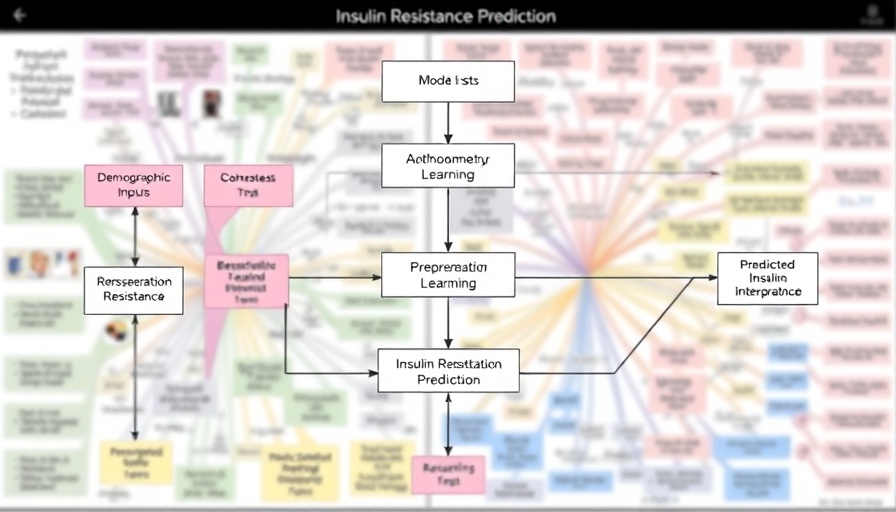
The Rise of Insulin Resistance: A Global Challenge
Type 2 diabetes is not just a personal health concern; it's a global epidemic affecting hundreds of millions of people worldwide. With its prevalence on the rise, understanding its precursors, particularly insulin resistance (IR), is more critical than ever. IR occurs when cells in our bodies fail to respond properly to insulin, a hormone vital for blood sugar regulation. Detecting IR early can be a game-changer, allowing for lifestyle adjustments that could delay or even prevent the onset of type 2 diabetes.
Current Limitations in Detecting Insulin Resistance
Traditional methods for diagnosing IR, like the euglycemic insulin clamp, are often invasive, costly, and not accessible in typical check-ups. As a result, many individuals at risk remain unaware of their condition, unable to take proactive measures. This gap in early detection is increasingly alarming, especially as factors like sedentary lifestyles and obesity contribute to rising IR rates.
Innovative Solutions Using Wearable Technology
What if we could harness everyday data from wearables and routine blood tests to provide actionable insights into one’s health? Recent advancements offer optimism through research conducted by Google, which demonstrates the potential of machine learning models to predict IR using data from wearable devices (such as activity levels and sleep patterns) supplemented with basic blood work. This innovative approach drastically increases the accessibility of IR risk assessments, paving the way for timely interventions.
How the WEAR-ME Study is Pioneering Change
In a landmark study dubbed WEAR-ME, researchers engaged 1,165 participants across the U.S. to explore how digital biomarkers could be utilized to estimate insulin resistance effectively. By partnering with Quest Diagnostics, they've automated the collection of routine blood tests, ensuring streamlined data integration. This research not only emphasizes the importance of leveraging existing technology but also signals a significant shift towards preventive health measures.
The Role of the Insulin Resistance Literacy and Understanding Agent
The emergence of tools like the Insulin Resistance Literacy and Understanding Agent adds another layer of promise to this field. Powered by advanced machine learning models, this digital agent aids individuals in understanding IR and offers personalized recommendations. Accessible insights like these are essential in empowering users to take control of their health, debunk myths surrounding diabetes risk, and foster a culture of awareness.
Closing the Gap: Future Predictions for Diabetes Prevention
With this innovative approach, the potential for preventing type 2 diabetes is more tangible. Imagine a future where regular wearables and blood tests serve as your health companions, guiding you towards lifestyle changes before it's too late. However, for this vision to materialize, it requires not just technology, but also public awareness, education, and a collective commitment to health.
Decisions You Can Make With This Information
Understanding insulin resistance is crucial for everyone, particularly those in small to medium-sized businesses who can influence health and wellness culture. Encourage your workforce to stay active, promote regular health check-ups, and consider investing in wearables that offer insights into individual health metrics. Knowledge and prevention strategies can lead to reduced healthcare costs and improved employee well-being.
If you’re a business owner, consider how you can integrate health monitoring into your company’s wellness programs. Providing access to tools and resources for understanding insulin resistance may not only benefit your employees but also contribute to a healthier society.
 Add Row
Add Row  Add
Add 



Write A Comment